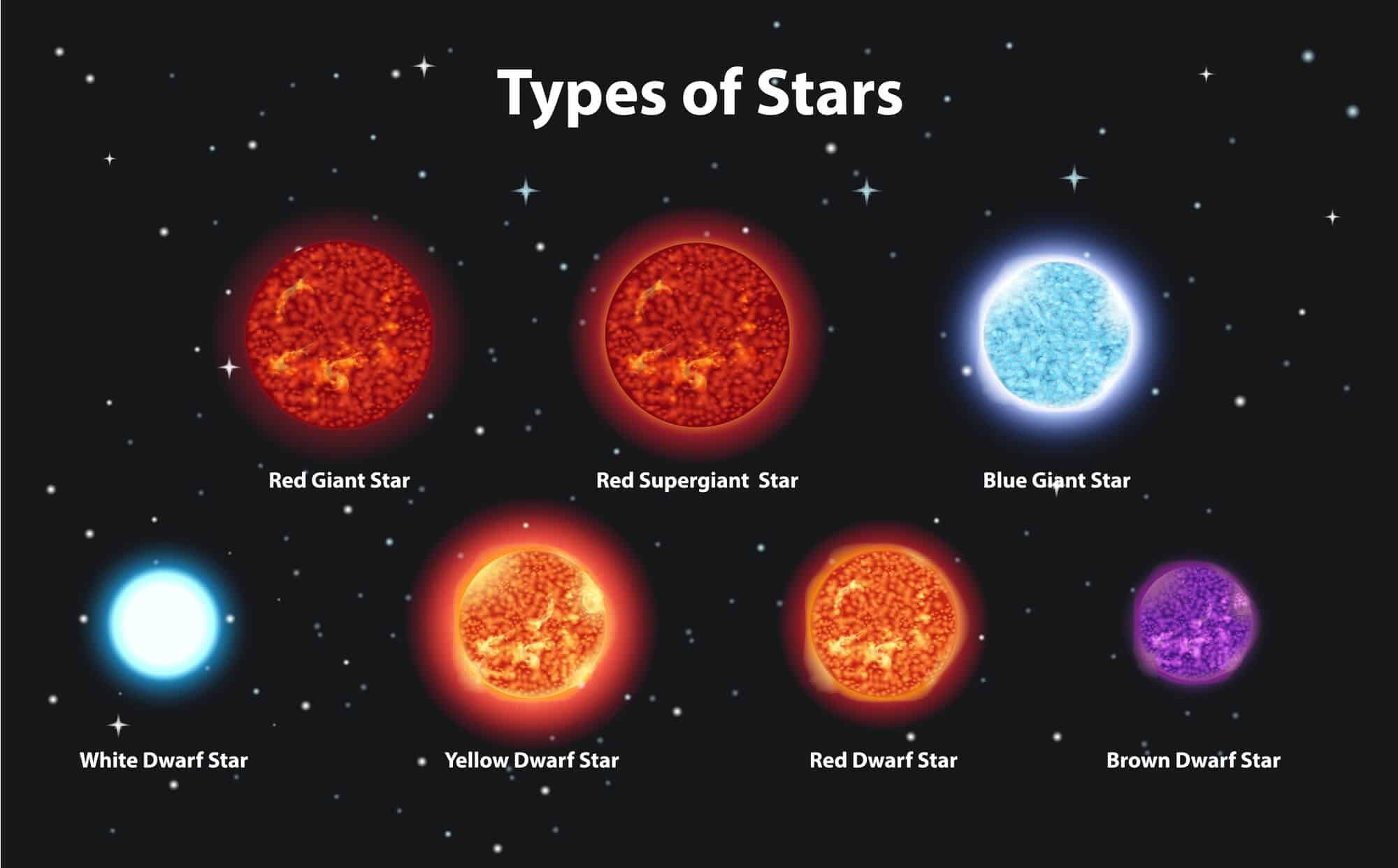The brown dwarf is part of a new pair system that may advance our understanding of the evolution of stars and planets under extreme radiation conditions

Among all the planets that can be found outside the solar system, there is one particularly hot type known as "hot Jupiter". In its dimensions and composition, it resembles the planet Jupiter, but unlike our Jupiter, which is a fairly cool type that orbits the Sun once every 12 years - its hot versions are much closer to their suns and complete the orbit around them every few days and even hours. The ability to observe hot Jupiters is extremely limited due to the blinding light emitted by their suns, but recently a research team led by Dr. Naama Halkon, a post-doctoral researcher at the Weizmann Institute of Science, discovered an extremely hot Jupiter-like object with a temperature approximately 2,000 degrees higher than the surface of the Sun our. the findings published today in the scientific journal Nature Astronomy are expected to deepen the understanding of the development of stars and planets under extreme radiation conditions.
"We actually identified a system consisting of two celestial bodies at a distance of about 1,400 light years from us and within it a brown dwarf with properties similar to those of a hot Jupiter," says Dr. Halchon from Dr. Shagia Ben-Ami's group in the Department of Particle Physics and Astrophysics. The observation was made possible because the "Sun" in the pair system that was discovered is 10,000 times pale compared to an average Sun. "These opening data make the couple system we discovered an ideal laboratory for the study of the extreme conditions that prevail in warm climates." The spectroscopic data on the pair system were obtained from the "Very Large Telescope" - an array of optical telescopes in Chile operated by the Southern European Observatory.
The White Dwarf and the Failed Star: A Love Story
The system discovered by Dr. Halkon and her colleagues consists of two dwarfs: a "white dwarf" which is a remnant of a Sun-like star, and a "brown dwarf" - a body whose mass is greater than a planet, but smaller than that of a star - which orbits the white dwarf. Brown dwarfs are sometimes also called "failed stars", because the valve is simply not large enough for hydrogen fusion - the process by which stars produce their energy. This labeling may give the impression that it is a rather fragile body, far from it: "The gravitational force of stars may break up bodies that are too close to them, but brown dwarfs are quite compact objects: the dimensions of the brown dwarf we discovered may be similar to Jupiter, but its mass is 80 times greater" , explains Dr. Halkon. "Thus he manages not only to survive the attraction of the white dwarf, but also to cultivate a stable relationship with him."
When a planet moves near its Sun, its gravitational forces - acting differently on its near side and far side - may cause the time of the Sun's orbit to synchronize with the duration of its self-rotation. This phenomenon, called "tidal locking", means that the planet always faces the same side to the sun, similar to the "dark" side of the moon - the side we don't see from Earth. Tidal locking can lead to huge temperature differences between the visible side and the hidden side, as it is less exposed to radiation emanating from the sun.
By analyzing the intensity of light emitted by the paired system, the scientists calculated the surface temperature of the brown dwarf on both sides: while the temperature on the dark side was between 1,000 and 2,700 degrees Celsius "only", on the exposed side the scientists identified a temperature range of about 9,500-7,000 degrees Celsius - hotter than any giant planet known to us and as hot as suns twice the size of ours.
"Astrophysicists have a good understanding of single stars, but we know much less about stars in paired systems"
"Just one million years after the formation of the white dwarf in the pair system we discovered - the blink of an eye in astronomical terms - we got a rare glimpse of this type of star system," says Dr. Halchon. "Astrophysicists have a good understanding of how individual stars evolve, but we know much less about how stars evolve in paired systems." Future observations of the new system - for example using NASA's James Webb Space Telescope, which can observe in the infrared range and thus make it possible to see the brown dwarf directly - will help to reveal how extreme radiation conditions affect atmospheres and allow a better understanding of the mechanisms that control the stars. Go outside the solar system.
Prof. Dan Maoz from Tel Aviv University, Dr. Alina G. also participated in the study. Istrata and Prof. Jais Nelmans from Radboud University, Netherlands; Prof. Carls Badens from the University of Pittsburgh, USA; Dr. Alma Bridet from the University of Cambridge, United Kingdom; Prof. Boris T. Gensika and Prof. Thomas R. the late Marsh of the University of Warwick, UK; Prof. Saurabh W. Jha from Rutgers University, USA; Prof. Bruno Leivondgut and Dr. Ferdinando Petat from the Southern European Observatory; Dr. Filippo Manucci of the National Institute of Astrophysics, Italy; and Prof. Alberto Rabasa-Mansargas from the Polytechnic University of Catalonia, Spain.
More of the topic in Hayadan:
